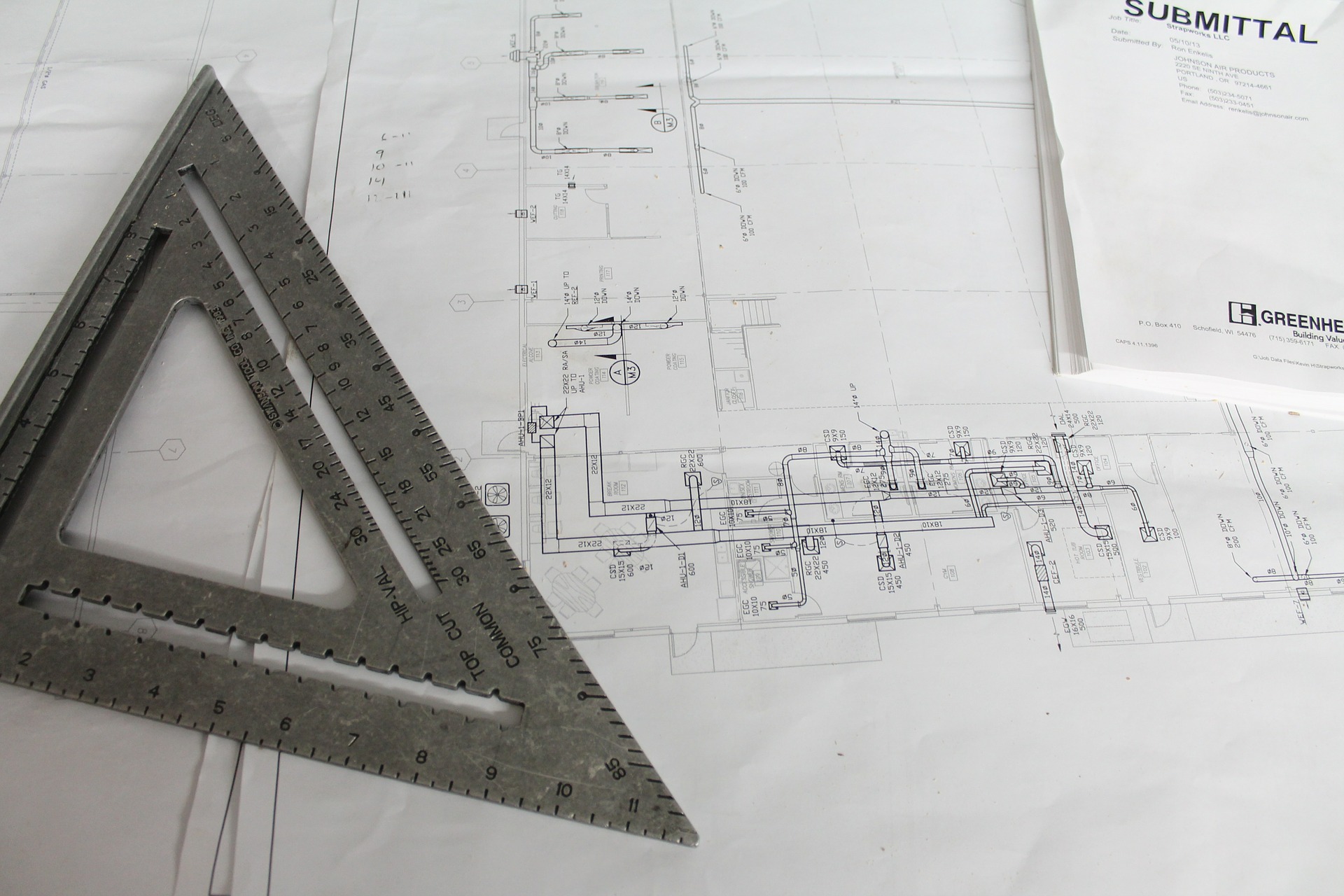When planning your career path, it takes foresight to predict what the future might hold in store. For facilities management professionals, the future is green.
Acquiring LEED certification is one of best ways to evolve with the industry (and environment) at large and put you in a position to keep your career path trending upwards.
The certification is recognized globally across 165 countries and over 2.2 million square feet of buildings are receiving LEED certification every day.
Even the International Labor Organization has projected that over 6.5 million job opportunities are going to be generated as a result of green construction projects by 2030.
As more companies and nations rally to handle the environmental crisis, which is one of the greatest threats we face today, any LEED-certified professional will likely be guaranteed work for many years to come.
This is true for anyone involved in building construction and management – whether you’re a construction worker, architect, or facilities manager.
To understand precisely why LEED certification can have such an impact on your career, it’s important to have industry context and to understand what LEED certification is.
What Does LEED Certification Stand For?
The acronym stands for Leadership in Energy and Environmental Design. The certification program is used as a form of quality control; assessing a building’s design and construction based on a number of factors including:
- Energy efficiency
- Building materials
- Access to public transportation
- Responsible land usage
- Air quality
- Water usage
The program itself is sponsored by the United States Green Building Council (USGBC). If a building project participates in the program, they can be awarded four different levels of LEED certification, depending on how many points they score on the exam:
- 40-49 points = LEED Certified Buildings
- 50-59 points = LEED Silver Buildings
- 60-79 points = LEED Gold Buildings
- 80+ points = LEED Platinum Buildings
Why LEED Certification Can Improve Your Career
LEED is significant because it operates as a third-party verification system, meaning every project involved with a LEED-certified professional is vetted through an extra layer of accountability.
In other words, even if a construction and design agency guarantees that a project will adhere to high standards regarding sustainability, LEED certification makes sure those standards are in fact being met.
There are many tangible reasons to acquire LEED certification, not least among them being financial benefits.
Between 2015-2018, the USGBC reported that LEED-certified buildings saved an estimated $1.5 billion in energy costs: $145.9 million in water, $715.2 million in maintenance, and $54.2 million in waste!
The USGBC also reported that buildings that are LEED-certified are worth 4% more than buildings that are not. In the end, having the certification serves to benefit everyone involved in building projects, from the project managers to the tenants themselves.
The certification itself is the most difficult of its kind to acquire, which is why those who do become LEED-certified are recognized as a cut above those who don’t.
In fact, having a record of LEED-certified projects on your resume can quickly grow your reputation as a thought leader within the construction and facilities management industries as well as the movement towards a sustainable future.
So, what steps should you take to get there?
Getting LEED Certified
To acquire your LEED certification, you must pass the official LEED certification exam provided by the Green Business Certification, Inc. Instead of a one-size-fits-all exam, you have the option to take five different tests:
- Building Design & Construction
- Operations & Maintenance
- Interior Design & Construction
- Neighborhood Development
Technically speaking, there isn’t a prerequisite class required to take these tests, but it’s highly recommended to come prepared since they’re difficult to pass.
While there are a number of colleges and universities that offer LEED certification courses, it can be difficult for you to find the time necessary to go back to school as a working professional.
A solution does exist, however, and you’re reading it at this very moment.
Enterprise Training is an official USGBC education provider, and we offer on-demand courses dedicated to LEED certification which you can consume at your pace from the comfort of your own home.
As an ETS Learner, you’ll also receive access to over 60 state and national affiliations and accreditations courses, the completion certificates, and the ability to print course materials for later reference.
If you’re interested in becoming LEED certified to improve your career while building a more sustainable world, start your free trial of Enterprise Training today.
Experience the proven, easy-to-use, and cost-effective benefits of online training by scheduling your free online training consultation today!



